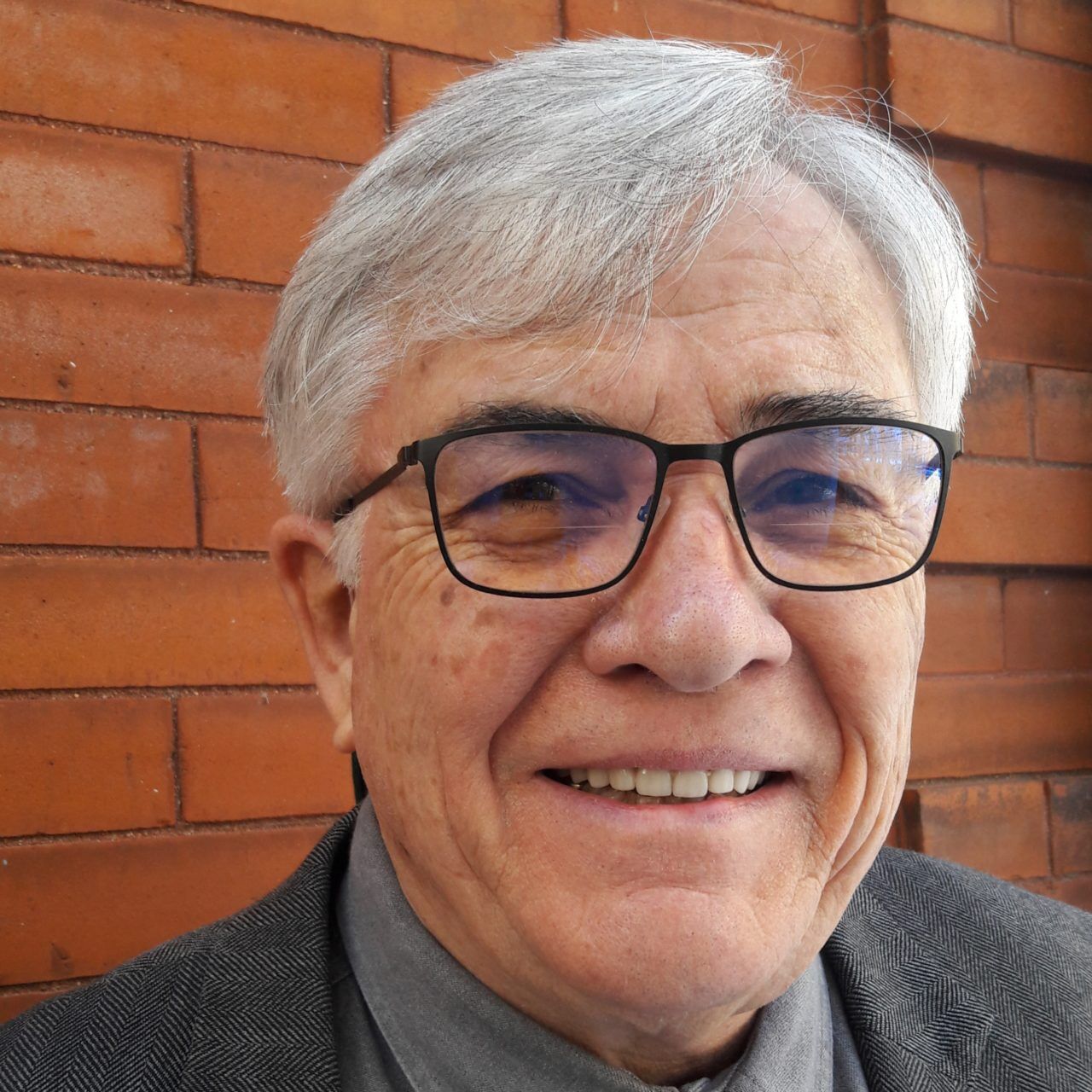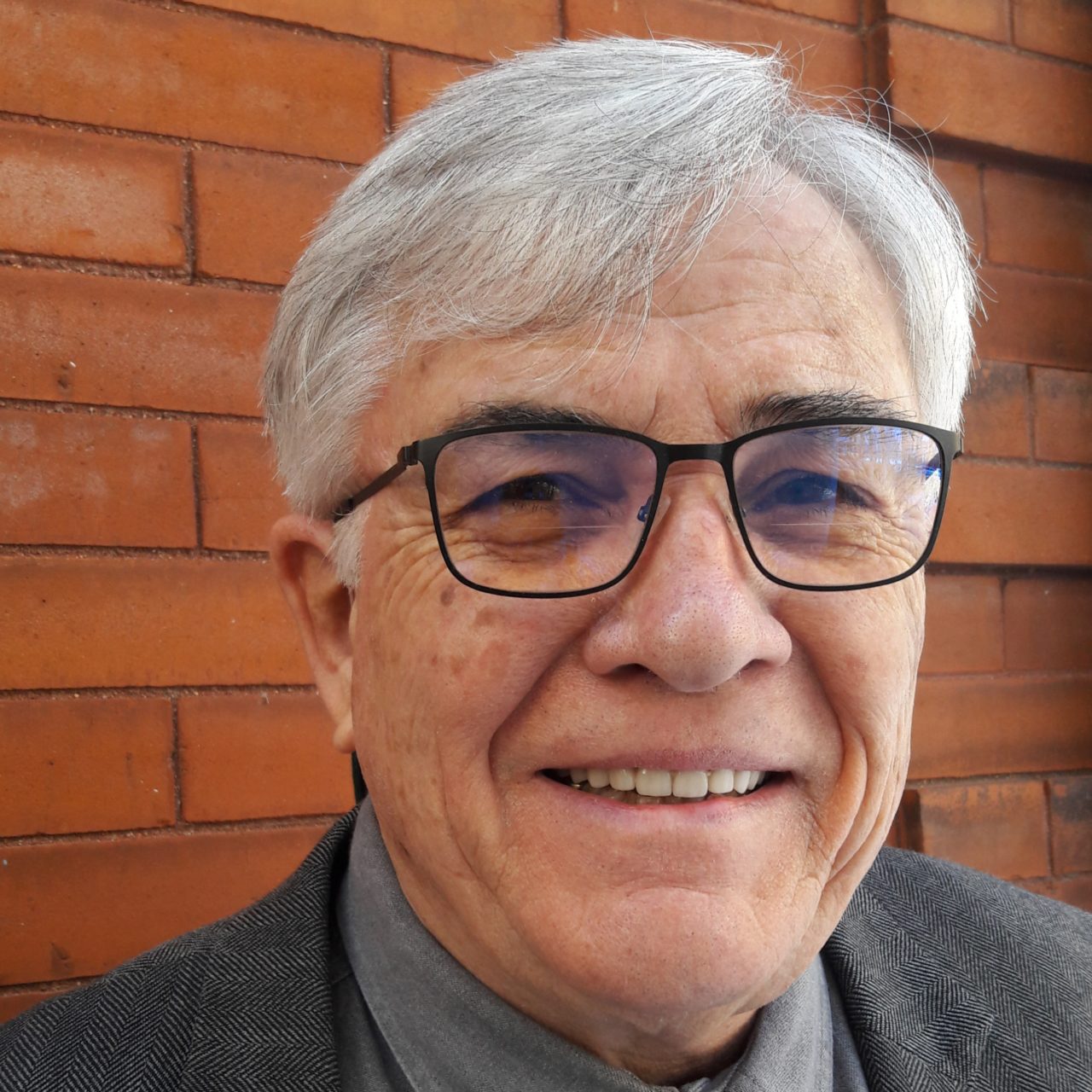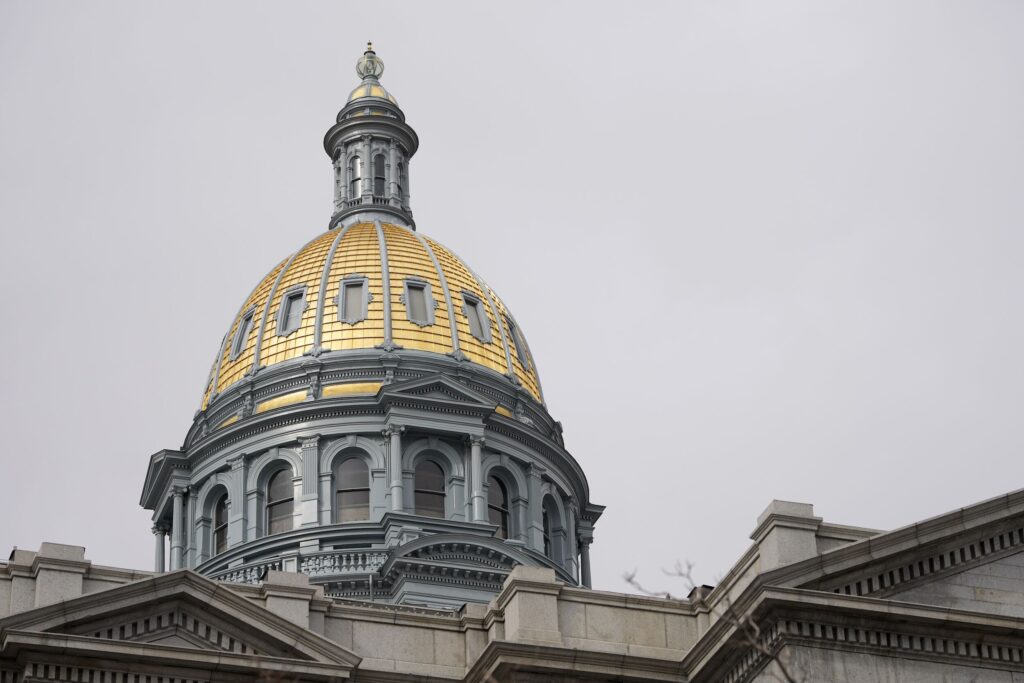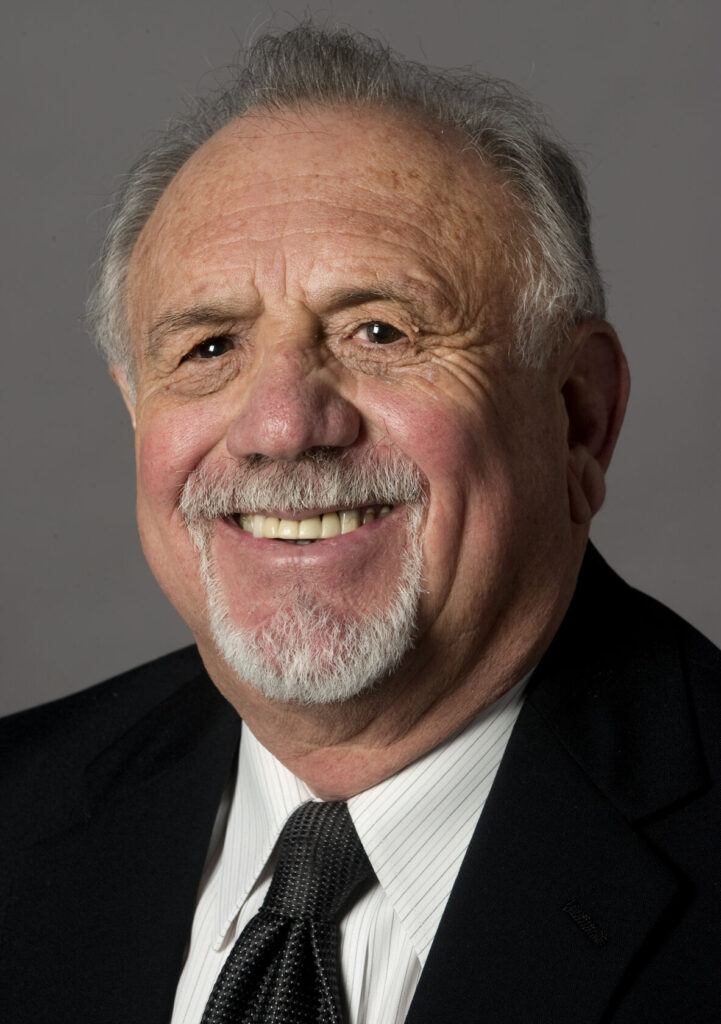HUDSON | Making legislative sausage


This year’s return of the Colorado Legislature reminds us of how much the legislative process has changed since term limits were approved in 1992. The gradual transformation has probably been most visible to lobbyists and pundits that track policy debates from session to session. There have been both pluses and minuses. On the negative side of the ledger has been a loss of a long view of public policy. Long range thinking has been reduced to an 8-year time horizon which matches the limit to an incumbent’s legislative life. Only a handful will manage to tack an additional eight years on by jumping from the House to the Senate.
Seniority has been rendered virtually meaningless. The muscle (and wisdom) once wielded by long serving committee Chairs has been seized by the ambitions of rising stars in both parties when they win a majority. The existence of informal, yet bipartisan caucuses has virtually vanished. These served a useful purpose. Whether it was the cowboy caucus of rural ranchers and farmers that steered state water policy or the Democratic classroom teachers – like Wayne Knox – partnered with former Republican school board members who huddled to assure adequate statewide funding for public schools, legislative direction incorporated genuine expertise. Newly elected legislators were expected to serve an apprenticeship before earning seats at the table.
This arrangement could be abused as committee Chairs were free to “pocket veto” bills, denying them so much as a hearing. That arbitrary power wasn’t all that different, however, than the routine use of the State Affairs Committee as the Speaker’s killing ground for unwelcome bills. On a dull afternoon one day, David Skaggs and I determined there are a dozen opportunities to kill a bill somewhere in the hearing process and only one way to pass a statute – by securing majorities in both chambers. Achieving these majorities was far easier when legislative proposals emerged with a seal of approval from the informal caucuses we’ve lost. It was possible to envision and fund a 20-year program for transit and highway expansion. School funding was a bipartisan exercise.
The American poet John Saxe first compared legislating with sausage making, and for good reason – a process he advised wasn’t inspiring if examined closely. Prior to term limits, special interests, whether represented by commercial or public advocates, were required to negotiate with the power brokers who effectively controlled discussion of their concerns on each side of the aisle. Without their concurrence, a new bill was unlikely to escape from committee. Today, proposed legislation seems to originate from a small handful of activist legislators who stick their fingers into virtually every controversy, rather than cultivating a domain of acknowledged proficiency. We know who they are. While serving in the majority they receive leadership blessings to blow through legislative bill limits, carrying dozens of proposals.
One positive outcome of this conversion to a gun-slinging approach to legislating is that new ideas and ingenious initiatives emerge more quickly at the Capitol. Unfortunately, this has not resolved the continuing conundrums and logjams found on the state’s policy agenda. Clever workarounds have been engineered to evade TABOR without successfully funding roads, public education or mental health services. A study committee has met for two years in an effort to redesign Colorado’s school-funding formula with little success. The deluge of federal COVID assistance will allow the legislature to kick this can down the road again in 2022 with only minor tampering at the fiscal margins. The challenge, of course, is that the mechanics of TABOR have flipped the balance of responsibility for K-12 funding from 60% local and 40% state burden to 60% state and 40% local today.
Barb Kirkmeyer, Senate Republican and candidate for the newly created Congressional District 8 seat, may thrust a stick into a hornet’s nest with her proposal to use the COVID surplus to pay off the billion-dollar stabilization factor debt the Legislature owes to Colorado public schools, following a decade of budget raids on K-12 appropriations. These diversions likely would never have occurred if Colorado parents were insisting on a long-term improvement plan for K-12 education. Over several decades we’ve settled for a nearly bottom-of-the-barrel public school system that forces the state’s burgeoning high-tech sector to import qualified workers. We should be growing our own workforce. If Colorado is to match academic results in Maryland, Massachusetts and other national leaders, the cost will be high – perhaps an additional billion dollars every year.
It seems unlikely this debate will take place in a Legislature that can’t see more than a few years ahead. It took 30 years for Finland to move their schools from near the bottom of world rankings to the top. Paying their teachers the same as their doctors seems to have done the trick. Who wants to talk about that?
Miller Hudson is a public affairs consultant and a former Colorado legislator.












